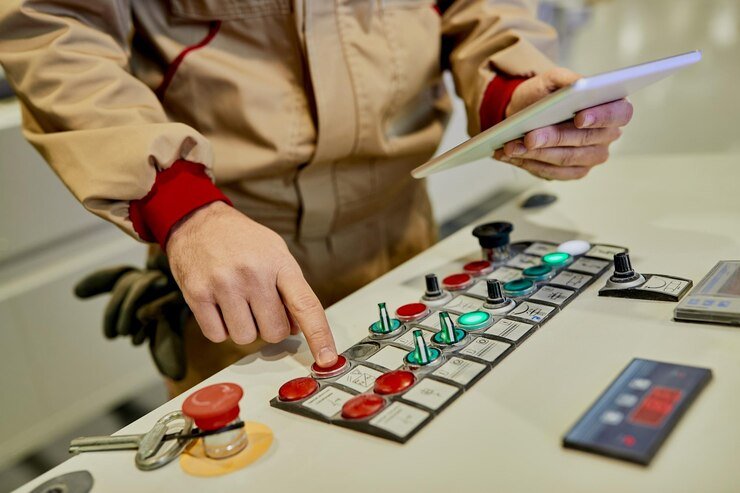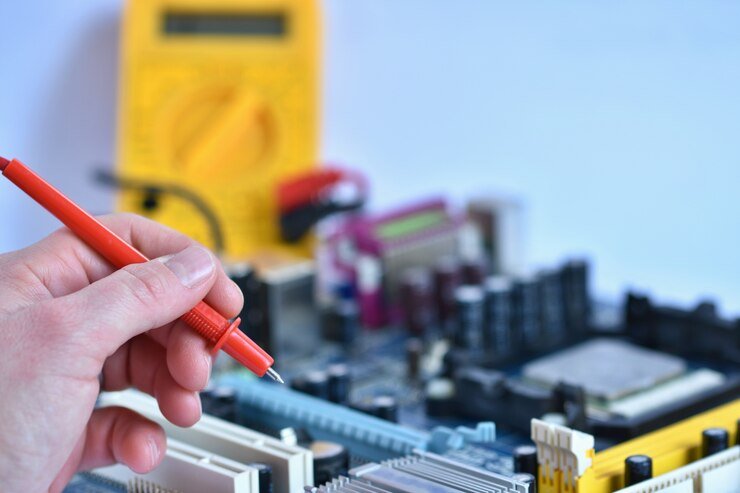The Impact of ESC on Tire Longevity: A Surprising Connection
There are numerous reasons behind the increasing number of accidents, such as overspeeding, loss of control, distracted driving, and the list goes on. However, a significant reason behind most accidents is speeding on a curvature part of the road and losing vehicle stability. When you turn a car at high speed, the centrifugal force acting on the front and rear wheels is divided into two components.
The force on the front wheels becomes more significant than the rear wheels, meaning there will be more static friction between the ground and front wheels. Due to increased static friction, the front wheels will slip outwards more than the rear ones, causing the deviation of the vehicle.
That’s where Electronic Stability Control (ESC) comes into play. It is a safety feature that prevents the driver from losing control of the vehicle, especially when turning at high speeds. ESC helps prevent skidding when cornering, sudden braking, or quickly maneuvering the car, improving the longevity of tires.
If you want to maximize your tire longevity, schedule routine wheel alignment. Studies worldwide speak for ESC’s effectiveness in preventing accidents in the first place or reducing the severity of crashes.
How Does Electronic Stability Control Work?

ESC works by automatically applying brakes on individual wheels at the time of need so that the driver can stay in control.
The system is not limited to automatic braking; it also monitors steering and throttle and detects loss of stability.
The ESC doesn’t work independently; it uses the car’s other safety devices, like anti-lock braking and traction control. Let’s look at the parts involved in ESC that work collectively to prevent the car from skidding.
Wheel Speed Sensor: Every wheel on the car has a wheel speed sensor that contains a perforated magnetic ring and a Hall effect sensor.
Yaw Rate Sensor: Monitors the vehicle’s rotation and estimates how much the car has rotated about its center of gravity.
Steering Angle Sensor: Determines the steering wheel’s rotation angle.
ECU: CPU of the car.
Anti Lock Braking System: Controls the pressure applied to the tires during braking.
Engine Control Module: ECM monitors sensors in the engine bay.
Working

The steering angle sensor measures the steering wheel’s rotation angle. This data and information from the yaw rate sensor are sent to the ECU. ECU analyzes this data and checks if the car turns according to the driver’s inputs.
If that’s not the case, ECU activated the Electronic Stability Control. It determines which wheel is skidding and sends inputs to the ECM to apply brakes and reduce the power delivered to those wheels to stop them from skidding. ESC only applies brakes when the computer detects when the computer detects a probable problem, such as loss of steering control.
This means that your car is not going where you are steering. When a car skids, the driver tries to control it by steering it in opposite directions, and that’s when ESC works to apply brakes on skidding tires. If you have a car with ESC that still skids when cornering at high speeds, you should visit any reputed auto repair shop to diagnose the issue.
What is the Relationship between ESC and Tire

Longevity?
ESC is a significant element in minimizing accidents due to the skidding of vehicles. But, there is a surprising connection between ESC and tire longevity. Let’s discuss how ESC can improve the life of your tires.
Minimizes the Risk of Slipping
The primary function of ESC is the ability to detect and minimize wheel slippage. When a tire slips, it experiences increased wear due to friction. As ESC minimizes tire slippage, it helps preserve the tires’ lifespan.
Prevents Understeering and Oversteering
When a car is oversteered or understeered, the tires are scrubbed sideways. ESC helps prevent these issues by maintaining optimal steering.
Optimizes Traction

Tires wear quickly when sudden brakes are applied repeatedly, or the driver accelerates very hard. ESC optimizes the traction by applying braking to specific wheels. ESC can also send input to the ECU to reduce engine power when the wheels lose traction so that excessive spinning can be minimized. Optimized traction reduces tire wear. They could wear out very quickly if the traction is not in control.
Even Tire Wear
All tires wear out after some time. But what’s worse is that when tires don’t wear evenly. When a tire skids more often due to loss of traction, it can wear down faster than usual. Due to skidding, one side of the tire might be fine, yet the other side would be completely worn out. This imbalance leads to premature replacement of that tire.
Improves Road Grip
Better road grip translates to the longevity of the tires. ESC directly influences the traction to maintain a firm road grip so there is no slipping when cornering, even at high speeds. If the road grip is perfect, the tire’s life will significantly improve.

















